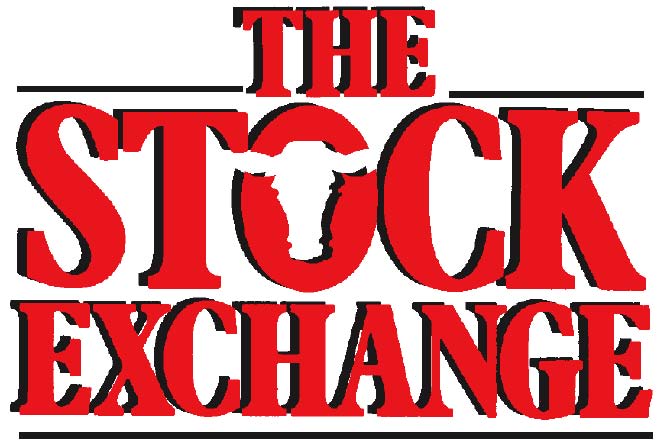Weighing the alternatives
Beef cattle experts suggest factors for consideration when feeding co-products MANHATTAN, Kan. — Feed cost is often one of the most expensive inputs when trying to balance the beef cattle budget. To help reduce that expense, midwestern producers will sometimes look to alternative feed products such as wet corn gluten, corn dried distillers’ grain with solubles (DDGS) or soy hulls, to name a few. “Often alternative feeds are a by-product of some other…
